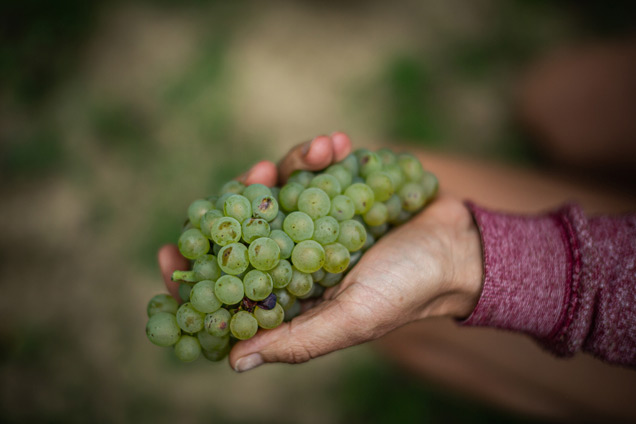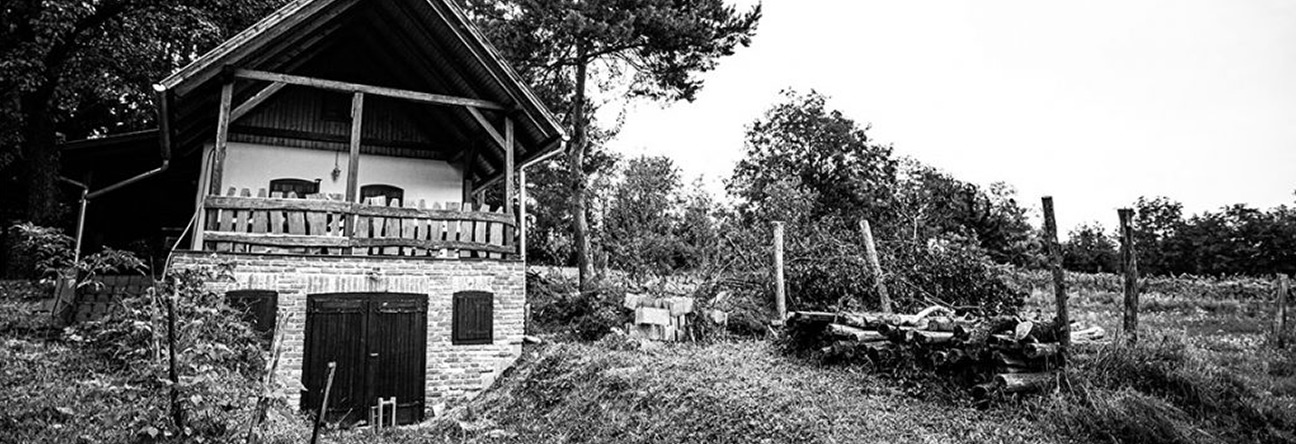The Zala Wine Region
of the Zala Wine Region
It is challenging to put a boundary around it, though not impossible. It is made up of the Kis-Balaton Region, the Zala Hills, and a small portion of the Mura Valley, making it diverse. All of this is the Zala Wine Region.
Numerous grape varieties are hidden by the grape slopes' patchwork. Lightly dispersed, but it works beautifully. By the way, there is nothing particularly special about it, yet this is what makes it so unique. Similarly to our winery.
Diversity in the Zala Wine Region
Even though you could plant two or three times more, the wine region's present production area is 800 hectares, of which 180 hectares are dedicated to blue grapes. The wine area extends to the Dráva an Mura River to the south, the Keszthely Mountains, and Lake Balaton in the east, and the country border in the west. We are passionate about spreading the Zala wines' reputation beyond our borders, simply because the Zala wines are good.

Zala Wine Region
Zala is one of the rainiest wine regions with an annual rainfall of 750-800 mm. The temperature conditions are balanced compared to the domestic average. The number of sunny hours is moderate, 1900-2000 hours. As for the soils, the brown forest soil – here and there with clay and sand-clay layers – give the base tone to the sediments of the ancient Pannonian Sea.
Fantastic natural features and lots of surprises! More acid, richer aroma. It is warm in summer, but the acids do not burn out. We have the ability to produce both complex, long-maturing wines and well-structured, fragrant ones.
and wines of the
Zala Wine Region
Contrary to popular belief, Noha and direct producer grape types are not grown in the Zala wine area. The good news is that from our sloping hills, we may sample a wide variety of Hungarian and international kinds. The tranquil harmony of the Zala landscape and the grape varieties are the core of our wine region's spirit. Although blue grapes are also doing well, white wine is the region's main hallmark.
Here you can find white grapes such Rhine Riesling, Rieslingszilván, Green Veltelini, Chardonnay, Pinot gris, and Tramini, among others. The blue grapes include Cabernet Sauvignon, Blaufränkisch, Merlot, and Syrah. Oh, and the totally local Cserszegi fűszeres, Nektár, and Pátria, those which were actually bred in the Zala Region. Nonetheless, Olaszrizling remains the most well-liked of all.


Viticulture and wine making traditions in Zala
In the Middle Ages already...
One could argue that the Zalaian customs were unfairly overlooked. Then what? They'll be found again. Our wine region's recurring name changes achieved little to raise public awareness. Until 1999, the region was known as Zala; after 1999, it was called Balatonmelléke; then it was granted the name of Zala once more in 2006. But let's take a closer look at the vibrant present and the rich past.
The Turks destroyed the thriving grape and wine culture first, then the phylloxera catastrophe halted its later development. There were 34,000 tiny winepresses and wine cellars, stated in a document in 1860. Dessert grapes and graft growing were also famous. And it continues to exist with us now, despite the fact that several wine districts from the historically significant Zala wine region have separated due to the shifting county borders.
Despite the small number of the well-known vineyards today, the region is predestined for more. Hence, the aim of the Dóka Éva Winery is to redefine the Zala wine.




